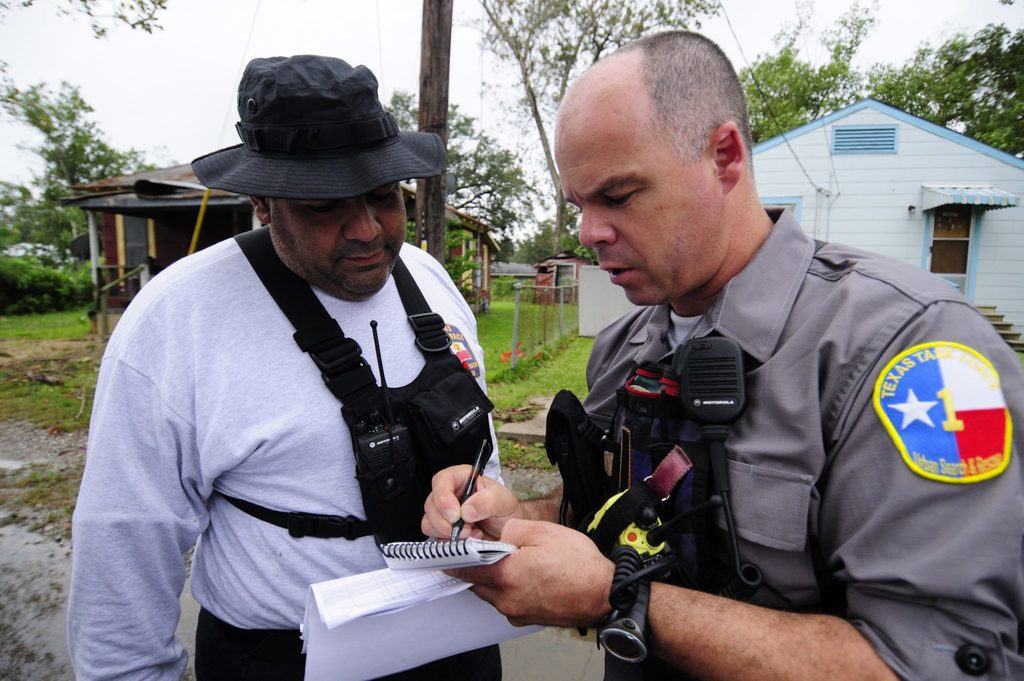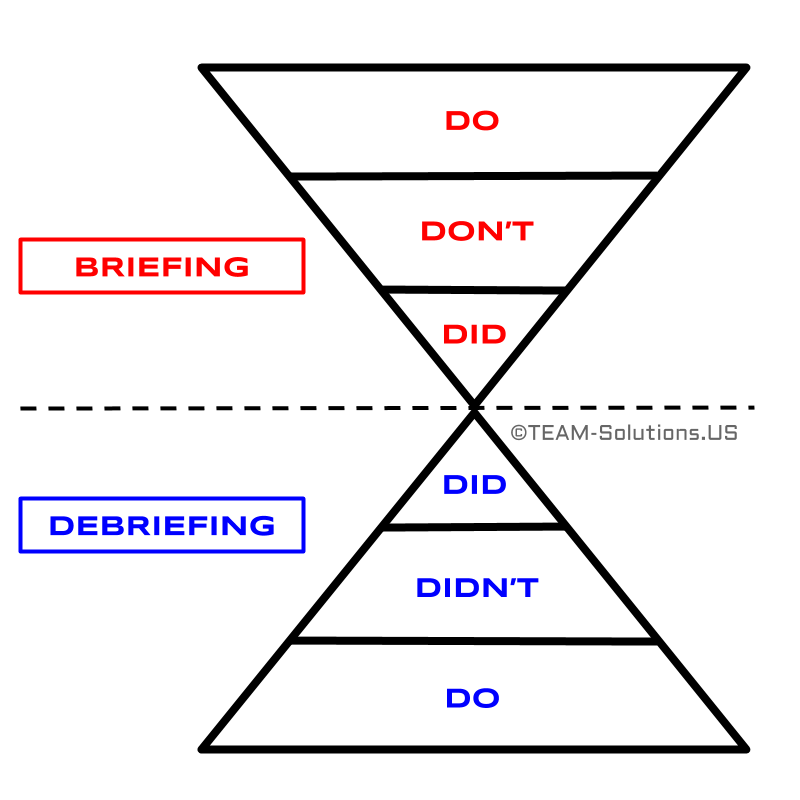Key Assumptions
This course leverages the lessons from communicating during highly consequential activities like emergency response.
Because the elements of an effective briefing and debriefing are universal, I've broadened some of the explanations to include the typical briefings and debriefings that also occur in all types of organizations every day.
Now, let's get square on some key definitions. Starting out with a common understanding is a vital aspect of effective briefings, by the way.
BRIEFINGS

Briefings are:
Briefings are not:
What's the purpose of a briefing?
The purpose of a briefing is for you to inform or instruct another person or group of people.
There are two (2) primary types of briefings:
Many briefings will contain an effective blend of both types.
Each type will be explored in the topics below.
DEBRIEFINGS

Debriefings are:
- Facts about what you did and didn't do
- Opportunities to make recommendations
Debriefings are not:
What's the purpose of a debriefing?
The purpose of a debriefing is to relay the outcome of an instructional briefing or other activity where the debriefer participated.
Since the debriefing is tied into what was instructed in the briefing, the content, length, and level of detail should refer back to the briefing and not a rambling narrative of what activities occurred.
Even if an impromptu debriefing is requested as the result of an activity that was not specifically briefed, there are some helpful guidelines to include when asked to debrief an activity:
- Current status of activity
- Unmet needs as a result of activity
- Recommendations for further action
An expanded description of a debriefing as a result of an instructional debrief will be provided in later lessons.
These elements will be categorized as "DID", "DIDN'T" and "DO".
The magic behind the clarity and efficiency of this Briefing and Debriefing course are the three (3) key components of a briefing and the three (3) key components of a debriefing.

Each step will be shared in detail - with examples - in your upcoming lessons.
By following these guidelines, we can enjoy greater clarity and efficiency in our communications.
